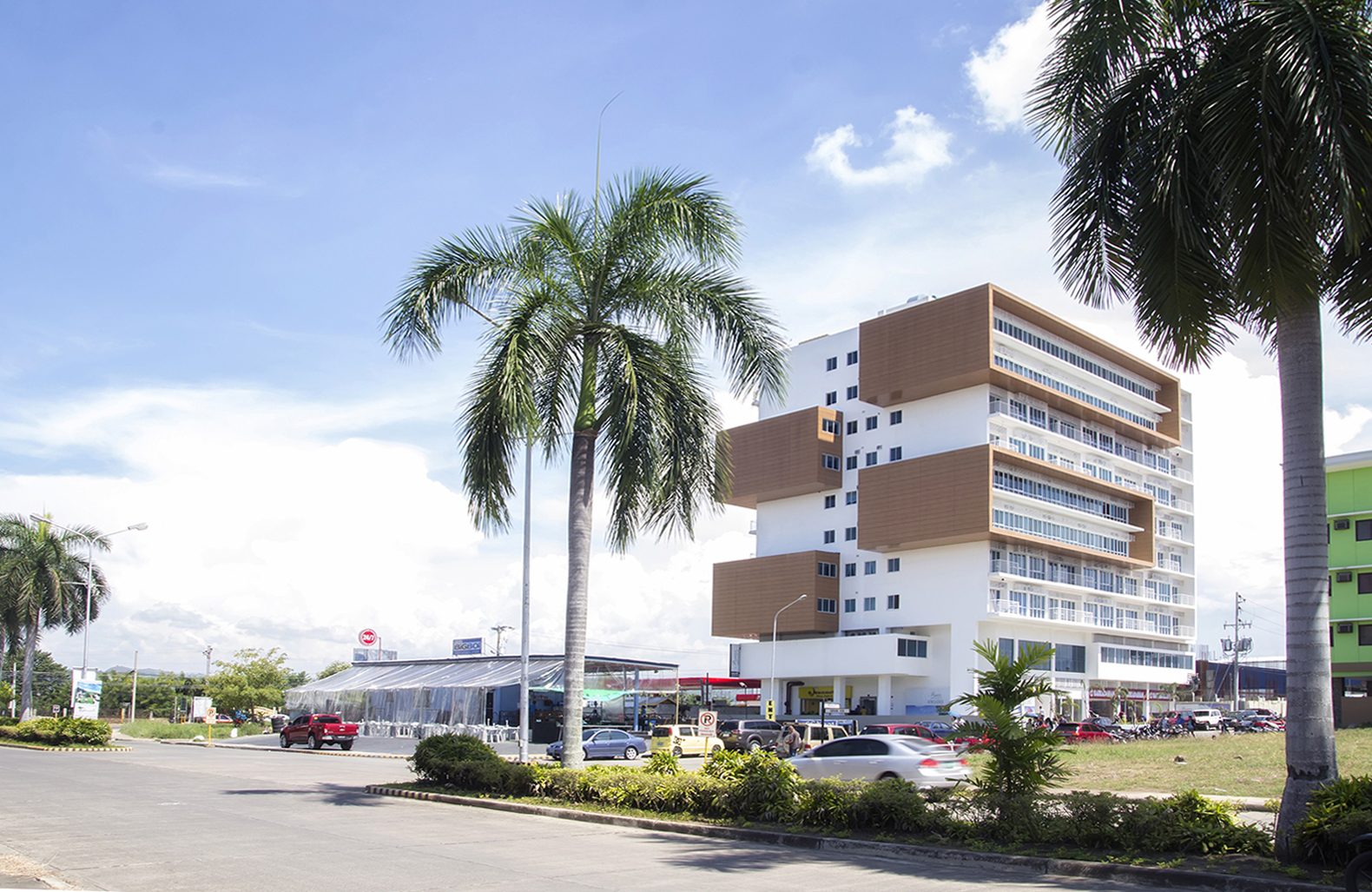This article was inspired by the recent earthquake that hit Central Visayas on October 15, 2013 around 8:15 in the morning. The epicentre was in Bohol, with an intensity of 7.2. In Cebu it was 7.
The quake was felt in the whole Visayas area and as far as the northern and southern provinces in Mindanao.
That morning, I arrived in Cebu. This was my usual monthly trip to the property my fiancé is managing. After settling in and freshening up, feeling beat from the flight, I tried to rest only to be awakened by violent shaking of the ground and an unsettling sound from outside the room.
Guests went to the nearest open space. My fiancé had his security and staff account for all the guests. They checked the rooms and the entire building for any damage.
Even a week later we still experienced mild to strong aftershocks which was really traumatic. We were fortunate that the building suffered only a few cracks. The structural engineer of the municipality certified that it was structurally sound and safe to resume operation.
The earthquake rendered Bohol and Cebu in a state of calamity, with over 200 dead and almost a thousand injured, and 73,000 damaged and/or destroyed structures. It was the deadliest earthquake in the Philippines in 23 years. The energy the quake released was equivalent to 32 Hiroshima bombs.
The Philippines, unfortunately, is situated along the horseshoe-shaped seismically active belt of earthquake epicentres, volcanoes and tectonic plate boundaries that fringes the Pacific Basin also known as the Ring of Fire.
With this in mind, is the building you call home earthquake-ready?
I have had several real estate clients before asking how far the development from the fault line is and could it withstand earthquakes. The answer, of course, really depends on the developer, the development, and location. Answers that must be disclosed by a conscientious real estate practitioner to the client whatever the answer may be.
I would like to share this video I found in YouTube that shows a test using an Earthquake Stimulator developed to improve the design of structural integrity of a building during an earthquake.
Watch.
How neat is that?
According to the General Concepts of Earthquake Resistant Design, many common buildings and typical methods of construction lack basic resistance to earthquake forces. The key to resistance can be attained by the developer by following simple, inexpensive principles of good building construction. The compliance of the developer to these principles will avoid damage in relatively strong earthquakes.
Compliance will also prevent structural collapse and minimize damage. These principles fall under several categories, (i) planning, layout, site and foundation of the building (ii) layout and general design of the structural framing system with special attention to the furnishing lateral resistance and (iii) consideration of the highly loaded and critical sections with the provision of the reinforcements required.
According to Architect Romolo V. Valentino Nati, Italpinas executive chairman and CEO, the building he designed and which his company developed in Cagayan de Oro suffered no damage during the October 15 earthquake.
(Earthquake intensity in CdO was 5, with minor aftershocks)
He said the building is considered a “superstructure” “It is able to withstand strong earthquakes or typhoons not only through how it was designed and constructed but also because of its basic shape. The building now is shaped like a “U” but when tower 2 is finished the entire structure will look like an “O” or a ring, which is the best shape a building can have to withstand strong tremors from the ground.”

The name of the building is Primavera Residences, the first and only internationally multi-awarded development in Cagayan De Oro. Arch Nati has a remarkable track record in design, architecture and real estate development in the Philippines and in Europe. His work has been recognized by many organizations across the world and he has won many international competitions.
With this in mind, I urge buyers to be proactive, do their homework, research the product they intend to invest on. Do not hesitate to ask about a project. Sellers on the other hand must develop extensive product knowledge before actually selling. I believe it is critical for real estate professionals to be conscientious and transparent when dealing with clients on the technicalities and facts a client must be aware of.
Choose your developer wisely, too. Trust a developer that gives quality over quantity and has a high regard for client’s best interest and safety.
For more information and details on Primavera Residences visit http://primaveraresidences.italpinas.com/.

